
Filter News
Area of Research
News Type
Date
News Topics
- 3-D Printing/Advanced Manufacturing (2)
- Big Data (1)
- Biology (1)
- Biomedical (2)
- Clean Water (1)
- Composites (1)
- Computer Science (4)
- Critical Materials (1)
- Cybersecurity (1)
- Energy Storage (1)
- Environment (2)
- Fusion (3)
- Grid (1)
- Isotopes (1)
- Materials Science (8)
- Mercury (1)
- Microscopy (3)
- Molten Salt (3)
- Nanotechnology (6)
- Neutron Science (5)
- Nuclear Energy (6)
- Physics (5)
- Polymers (3)
- Quantum Science (1)
- Security (3)
- Space Exploration (1)
- Transportation (4)
Media Contacts
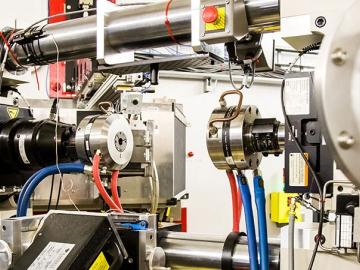
Oak Ridge National Laboratory has partnered with FCA US LLC and casting manufacturer Nemak to develop a new cast aluminum alloy for engine cylinder heads, which could lead to more fuel-efficient internal combustion engines.
Scientists at Oak Ridge National Laboratory have conducted a series of breakthrough experimental and computational studies that cast doubt on a 40-year-old theory describing how polymers in plastic materials behave during processing.

Leveraging his expertise in image processing, sensors, and machine learning, Vincent Paquit is devising a control system for additive manufacturing to produce 3D-printed parts that function as well as conventionally produced objects. Paquit’s research sits at the junction of manufacturing technol...

Vlastimil Kunc grew up in a family of scientists where his natural curiosity was encouraged—an experience that continues to drive his research today in polymer composite additive manufacturing at Oak Ridge National Laboratory. “I’ve been interested in the science of composites si...
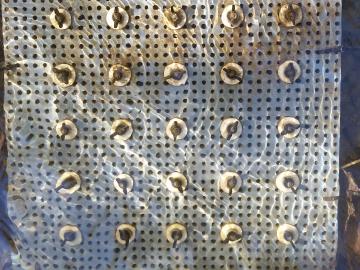
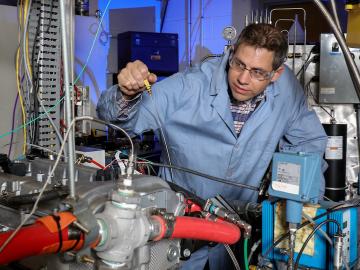
Gasoline-powered automobiles could achieve an 8 percent or greater fuel efficiency gain through a new combustion strategy developed at Oak Ridge National Laboratory. Scientists have demonstrated a new method for reforming fuel over a catalyst, a process that chemically converts fuel ...


Nuclear scientists at Oak Ridge National Laboratory are retooling existing software used to simulate radiation transport in small modular reactors, or SMRs, to run more efficiently on next-generation supercomputers. ORNL is working on various aspects of advanced SMR designs through s...
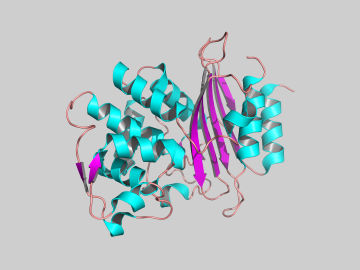
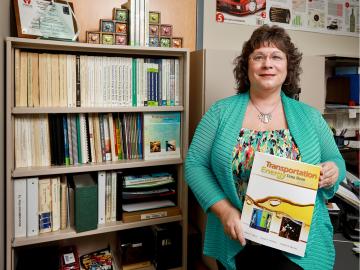
For anyone seeking comprehensive data and analysis regarding the vehicle technology market, all roads lead to Oak Ridge National Laboratory’s Stacy Davis. Unflagging curiosity, an ability to read trends, and an eagle eye for detail are the tools that drive Davis’s work creatin...


